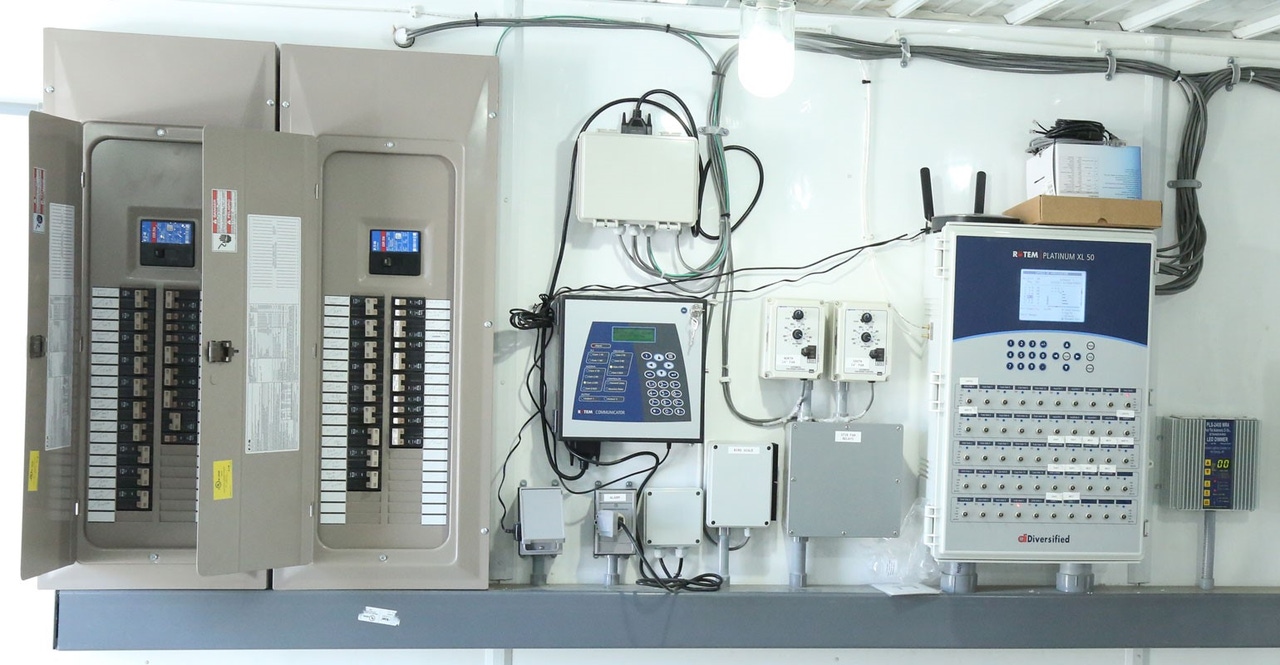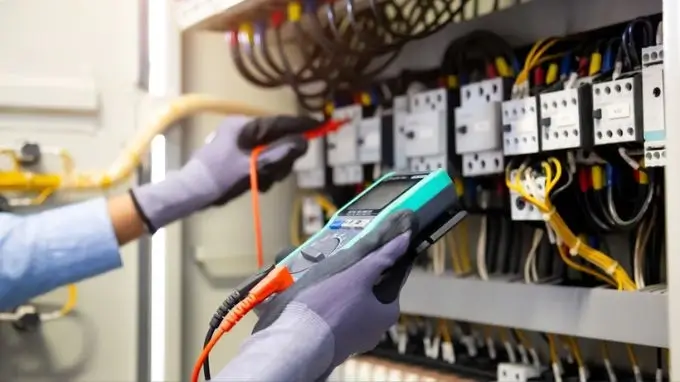Leading Tips for Effective Electrical System Troubleshooting
Repairing electric systems requires a methodical strategy, grounded in an extensive understanding of electrical concepts and security procedures. The nuances of effective fixing prolong past simple technical understanding; understanding how to document searchings for and focus on security can dramatically influence outcomes.
Understand the Essentials
Comprehending the fundamentals of electric systems is vital for reliable troubleshooting, as a strong foundation permits service technicians to identify and fix issues a lot more efficiently. A comprehensive understanding of electric concepts, such as voltage, existing, resistance, and power, is critical in determining the origin of issues. Voltage is the electrical prospective difference that drives existing with a circuit, while resistance opposes the flow of present, impacting the general capability of the system.
Knowledge with circuit components, consisting of resistors, capacitors, diodes, and changes, is additionally paramount. Each component plays an unique function in circuit habits and can influence performance when malfunctioning. Furthermore, understanding series and identical circuit arrangements is important, as these plans affect the circulation of voltage and existing within the system.
Additionally, expertise of security methods is essential. Specialists need to be mindful of prospective risks, such as shock and short circuits, to implement risk-free troubleshooting practices. By grasping these fundamental concepts, service technicians improve their capability to perform effective diagnostics and repair services, inevitably leading to enhanced efficiency and integrity of electrical systems. This foundational understanding is the foundation of effective troubleshooting ventures.
Gather Necessary Devices
Reliable troubleshooting of electric systems calls for the ideal collection of devices to identify and deal with issues accurately. A fully equipped service technician can dramatically boost performance and performance in recognizing troubles. Necessary devices include a multimeter, which measures voltage, current, and resistance, enabling for exact evaluations of electrical parts. Clamp meters are additionally beneficial for determining current without detaching the circuit, making certain safety and security and ease.
In addition, protected hand tools such as screwdrivers, pliers, and cord strippers are critical for safely adjusting electrical connections. It is additionally advisable to have a circuit tester handy to verify the existence of voltage in outlets and wires. For even more facility systems, a thermal imaging cam can assist identify overheating components, indicating possible failures.

Adhere To a Methodical Approach
Having collected the appropriate tools, the next action in troubleshooting electrical systems is to adhere to a systematic strategy. A methodical technique makes certain that professionals can determine mistakes successfully and precisely, decreasing downtime and protecting against unneeded repair work.
Begin by evaluating the system's schematic diagrams and specs. This involves monitoring each part methodically, beginning from the power resource and working towards the tons.
Utilize testing devices, such as multimeters and oscilloscopes, to collect unbiased data regarding voltage, present, and resistance at various points within the system. This empirical proof will assist your troubleshooting efforts and assist to verify or eliminate prospective root causes useful site of failure.
In addition, think about environmental aspects that may affect the system's efficiency, such as temperature level fluctuations or dampness access. A detailed evaluation of circuitry, connections, and parts will make certain that all opportunities are represented.
Paper Your Findings
Thorough documentation is vital in the troubleshooting process of electrical systems. This practice not just help in recognizing the origin cause of the trouble yet likewise serves as a referral for future troubleshooting efforts.

Furthermore, maintaining a log of parts my site changed or fixings done is invaluable. This details supports inventory monitoring and can assist evaluate the longevity and reliability of details elements.
Ultimately, the documents procedure must be detailed yet concise, enabling very easy retrieval and review - electrical system troubleshooting. By focusing on comprehensive paperwork, specialists can develop a beneficial understanding base that not only help in present troubleshooting however additionally empowers future upkeep efforts, consequently improving total system integrity

Prioritize Precaution
Acknowledging the inherent dangers related to electrical systems is critical for making sure safety during troubleshooting. Electric shock, burns, and equipment damage are simply a few of the potential dangers that technicians deal with. Focusing on safety procedures is not just a legal responsibility yet also an ethical essential that safeguards both the service technician and the surrounding setting.
Before beginning any kind of troubleshooting task, specialists must wear appropriate personal protective tools (PPE), consisting of insulated gloves, shatterproof glass, and flame-resistant apparel. Ensuring that the workplace is completely dry click to read more and devoid of mess can significantly decrease the danger of mishaps. Moreover, it is vital to de-energize circuits prior to starting any kind of job, validating that they are not endure making use of a multimeter or voltage tester.
Developing clear interaction methods with staff member is additionally crucial; this makes sure that every person understands possible risks and the condition of the electrical system being dealt with. Lastly, having an emergency situation feedback strategy in location can prove indispensable in the event of an incident. By focusing on precaution, professionals can successfully alleviate risks and cultivate a much safer work environment.
Conclusion
Effective electric system repairing depends on a thorough understanding of fundamental principles and a systematic approach. Prioritizing safety and security measures makes sure the health of individuals included and the honesty of the electric system.